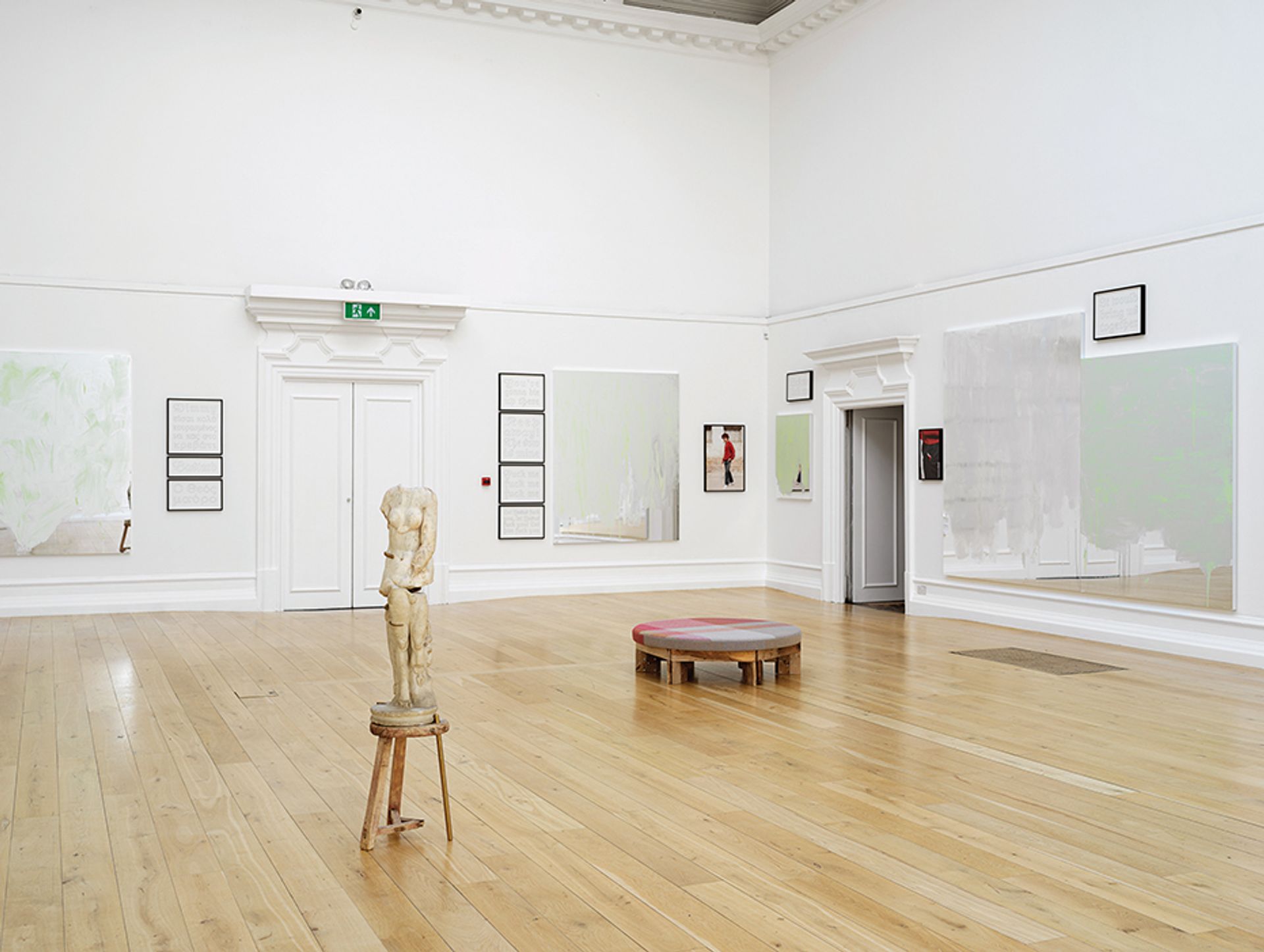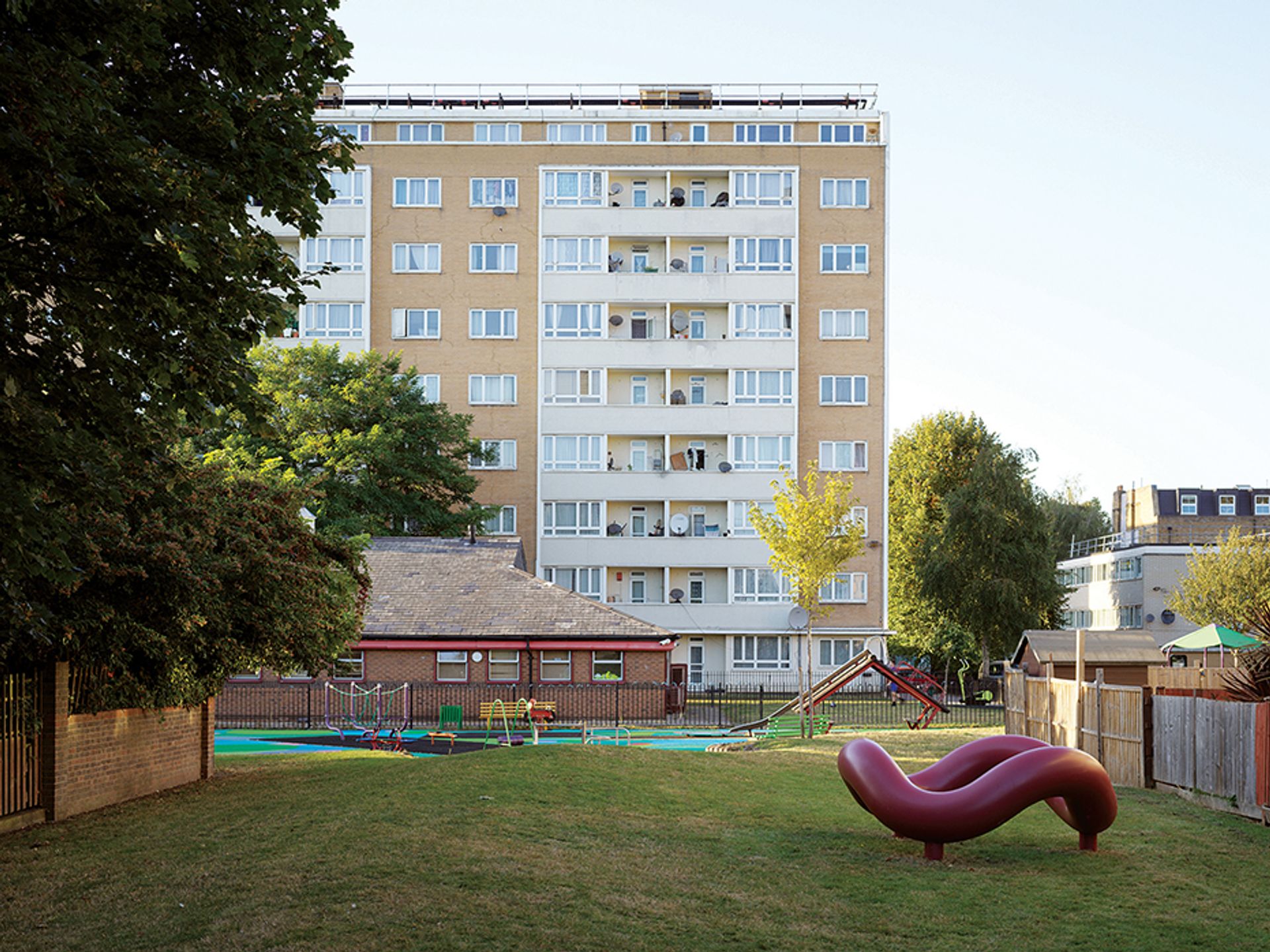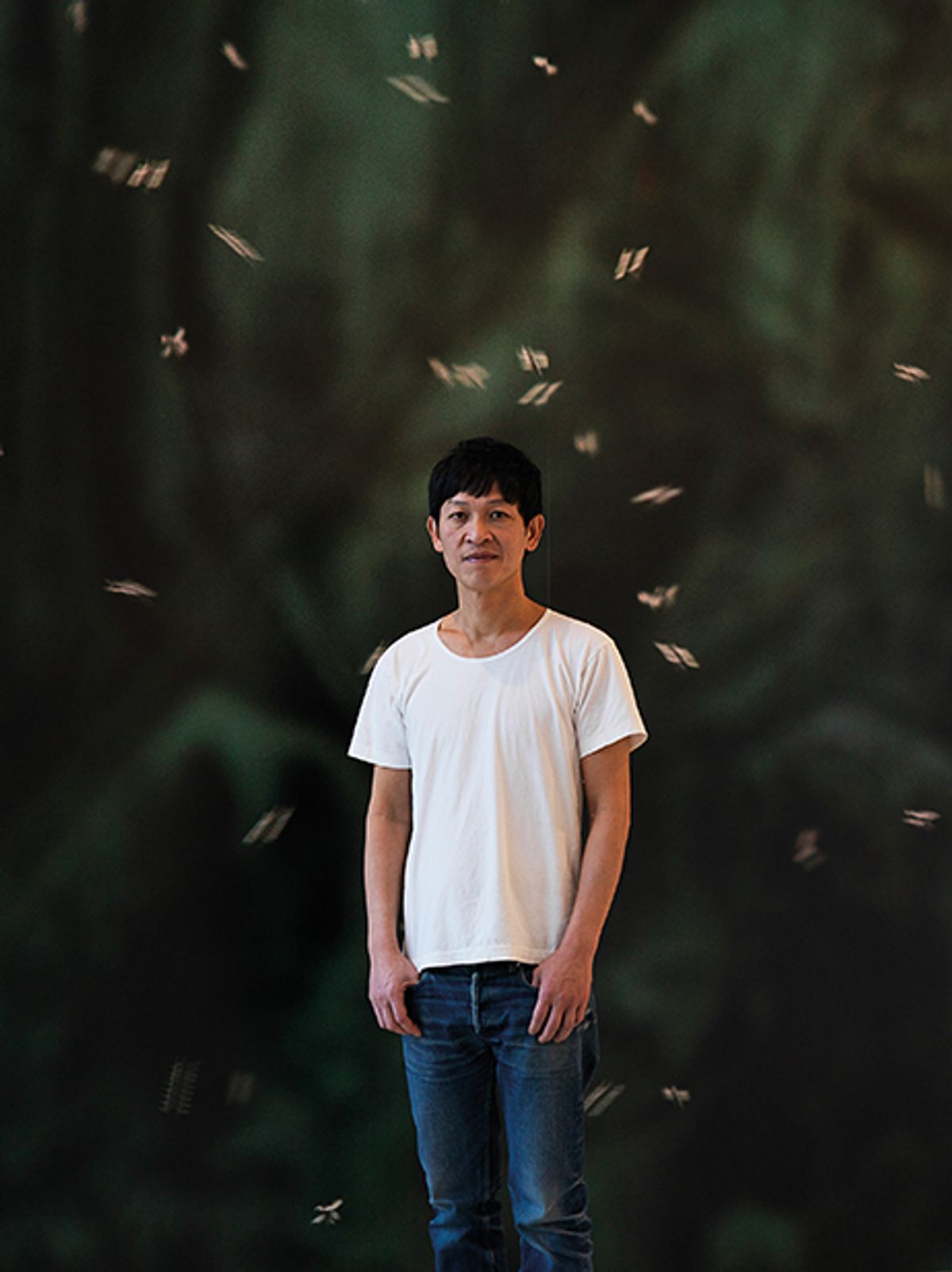In his latest London show, Danh Vo is less an artist than he is a clever collaborator. Pulling together works by important people in his life, such as his father, his lover and a former teacher, the Vietnam-born, Danish artist’s first major UK exhibition, Untitled, at South London Gallery (SLG) until 24 November, feels like a group show. “Very few people are real geniuses,” Vo says, “so the best approach is to embrace the skills of those around you”. Here, we talk to the artist about why he chose to include paintings by the professor who told him to give up making art, and the power of collaboration and contradiction.
The Art Newspaper: Why have you chosen to name this show Untitled?
Danh Vo: Years ago, I visited a cemetery in Vietnam with my mother and was surprised to see the words “Vô Danh” written on a number of the gravestones. “Vô Danh” is my name backwards plus an accent, but it is also Vietnamese for “nameless” or “unnamed”. It was an amazing coincidence, given how many works of art are also untitled. I have called a lot of my works untitled since then.
This show at the SLG includes quite a large number of different works that are very varied, not just in their form but also in the stories behind them, and the people involved in making them. I wanted a title that was open; one that made space for all of these works without accentuating any specific reference.

Installation view of Danh Vo’s Untitled at the South London Gallery Photo by Nick Ash
In SLG’s main gallery is a new work also called Untitled (2019)—a series of paintings by your former professor at the Royal Danish Academy of Fine Arts, Peter Bonde. Why have you chosen to include this work in your show and why is working with collaborators so important to your work?
The installation is really a constellation of people who have been formative for me—drawings by my father, photographs of my nephew by my lover and, indeed, paintings by my former professor. I like to fuse together different dimensions of my biography in my work that perhaps wouldn’t naturally coincide.
Peter taught me at art school in Copenhagen and, at the time, we did not have an easy relationship. I was not impressed by his gestural abstract paintings, and found them old-fashioned and excessive, even a bit macho. I don’t think he appreciated my rebellious streak either. I even have a letter from the university saying that Professor Bonde strongly recommends that I abandon making art altogether.
Of course, time has passed since then, and there was something powerful for me when I realised that I could harness the beauty of his work, and that we could invert our former adversity and collaborate. I am drawn to contradictions.
It is the SLG’s first solo show to span the main gallery space and the newly renovated Fire Station building—how did you take on these two distinct spaces?
The spaces are so different; it was actually one of the things that attracted me to the invitation from the SLG. The show not only has the two buildings of exhibition spaces, but also includes commissions on neighbouring housing estates, one open air and one in Art Block, a space for local children. Plurality and hybridity are so important in my work; I thought it was an interesting way to approach a show, thinking about the different spaces and sites, and different contexts changing the way you engage with the work.
The main gallery is a huge civic space, and it hosts the new installation Untitled, which is almost cathedral-like in its scale and atmosphere. The Fire Station is a series of stacked rooms of domestic proportions. Margot Heller, the director of SLG, told me that the firemen used to live there with their families and I was interested by that sense of intimacy. Each gallery is a much closer experience of a suite of interconnected works and each has a distinct feel: for example, I have installed walnut wood panelling in one gallery, a wallpaper edition in another. The gallery on the third floor is dedicated to my friend and mentor Julie Ault. The selection of works in that space are largely from our respective personal collections and speaks of our close friendship and our ongoing conversation.

the artist has loaned his edition of Isama Noguchi’s Play Sculpture to the people of the Pelican Estate, in Peckham, south-east London Photo by Nick Ash
You have placed a bright-red metal sculpture by the Japanese-American sculptor Isamu Noguchi on a nearby housing estate—why?
I encountered Noguchi’s work relatively late in life at a show in Mexico that focused on his Playscapes—an incredible project designed to invite children and adults to enjoy forms, and to be creative and play. This sculpture is very simple—it is made from six elbow pipes connected together and sprayed red—but it is so perfect in its form that I did not see how I could add to or improve it in any way. So I felt the strongest gesture was to lend my edition of the work to the people living on the Pelican Estate, so they can sit on, climb on and play with the work.
• Danh Vo: Untitled, South London Gallery, until 24 November


